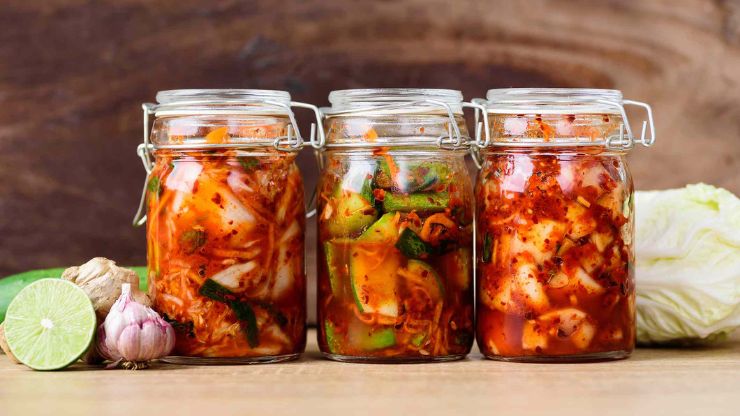How To Start With Fermented Foods – Embarking on the journey of fermenting foods is like stepping into a world where flavors abound, and health benefits unfold. In this all-encompassing guide, we take a deep dive into the intricacies of starting your adventure with fermented foods. We go beyond the surface, offering valuable insights, practical tips, and a detailed step-by-step approach to ensure you embark on this flavorful journey with confidence and success.
Table of Contents
ToggleUnveiling a Flavorful World
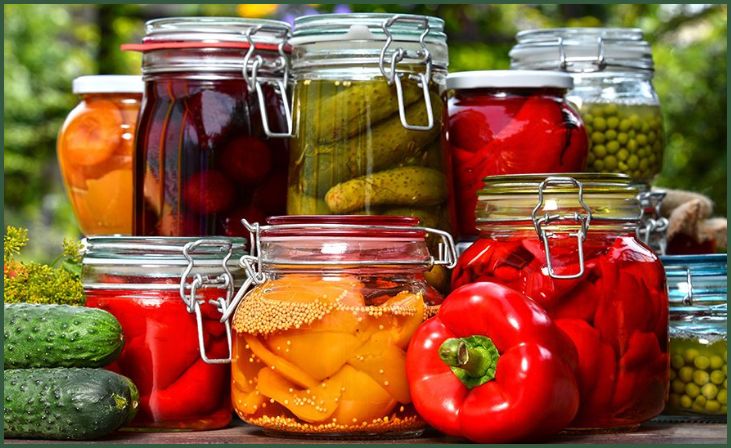
The world of fermented foods is a palate-pleasing universe waiting to be explored. As you venture into this realm, you’ll discover a symphony of tastes and aromas, each batch a unique creation of microorganisms working their magic. From tangy sauerkraut to effervescent kombucha, the possibilities are as diverse as your culinary imagination.
Also Read:- Fermented Carrots For A Lunchbox Treat
Health Benefits That Enrich Your Well-being
Beyond the delectable tastes, fermented foods bring a myriad of health benefits to the table. Probiotics, the friendly bacteria cultivated during fermentation, promote gut health, aiding digestion and bolstering the immune system. The process also enhances nutrient absorption, making the final product not just a treat for the taste buds but a nourishing addition to your overall well-being.
Delving Into the Details
Our comprehensive guide leaves no stone unturned as we unravel the specifics of How To Start With Fermented Foods?. We understand that embarking on this journey might seem daunting at first, but fear not. We break down the process into manageable steps, ensuring you have a clear and concise roadmap to follow.
Understanding Fermentation Fundamentals
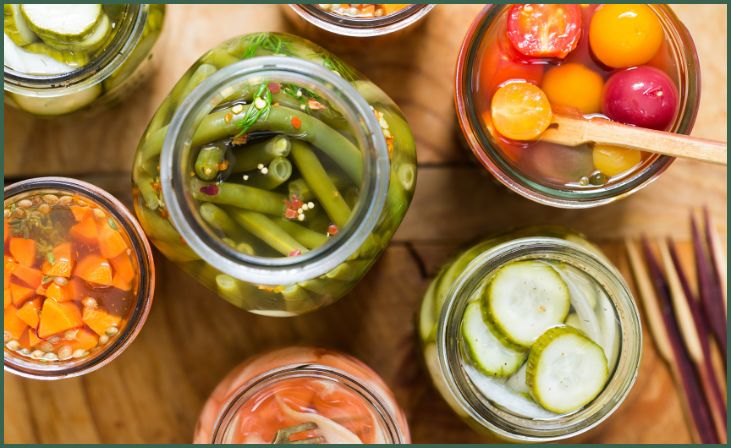
To truly grasp the art of fermentation, it’s essential to delve into the science behind it. Microorganisms play a pivotal role in transforming raw ingredients into flavorful delights. We demystify this process, empowering you with the knowledge needed for successful fermentations.
Choosing the Right Ingredients
The quality of your ingredients sets the foundation for a successful ferment. We guide you through the selection process, helping you choose the freshest produce and other components to ensure optimal flavor development.
Essential Equipment for Your Fermentation Journey
Arming yourself with the right tools is crucial for a seamless fermentation experience. From fermentation vessels to airlocks, we introduce you to the essential equipment that will set you up for success.
How To Start With Fermented Foods?
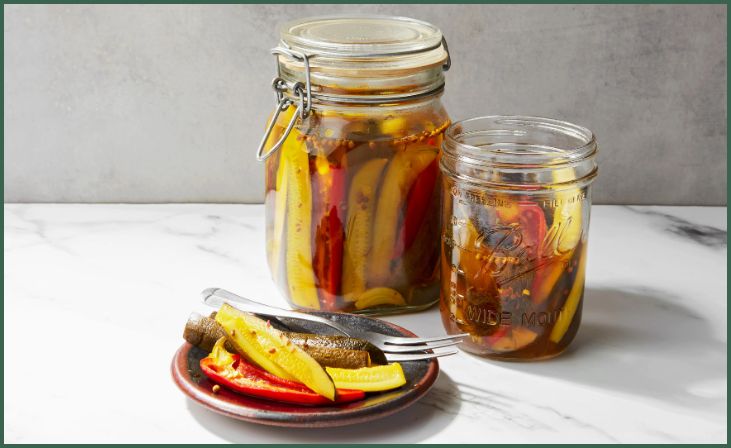
Now that you have fundamental knowledge, it’s time to dive into the practicalities. Our guide provides a step-by-step approach, starting from selecting your first recipe to troubleshooting common issues that may arise during the fermentation process.
Select Your First Recipe
Begin your fermenting journey with confidence by choosing a simple yet rewarding recipe. Whether it’s the crunch of sauerkraut or the effervescence of kombucha, we guide you in selecting a project that suits your taste and skill level.
Sanitization Protocols for Clean Fermentations
Maintaining a clean environment is key to successful fermentations. We walk you through sanitization protocols, ensuring your ferments are free from unwanted bacterial interference.
Preparing Ingredients for Optimal Flavor
Master the art of preparing ingredients for fermentation. From chopping techniques to spice combinations, we provide insights into creating a flavorful foundation for your ferments.
Don't just scroll, subscribe!
BuzzTrail's unique web-stories are the cure for boredom you've been waiting for.
The Magic of Salt in Fermentation
Salt is a crucial element in the fermentation process, contributing not only to flavor but also to the preservation of your ingredients. We guide you in understanding the right proportions to achieve the perfect balance.
Tips and Tricks for Fermentation Mastery
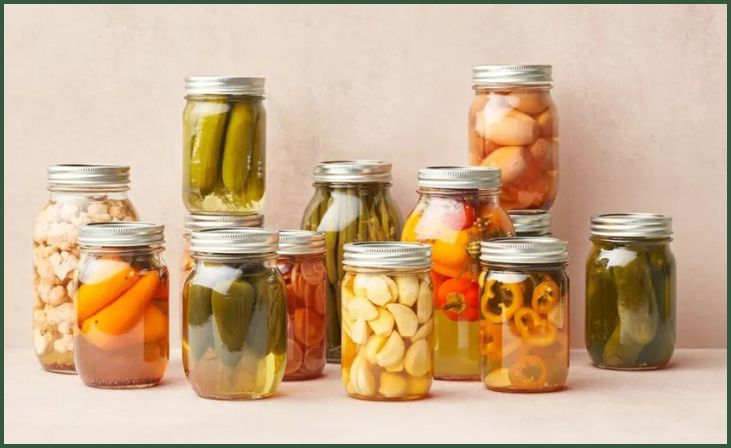
As you progress on your fermentation journey, we offer additional tips and tricks to elevate your skills. From achieving the right texture to balancing flavors, these insights ensure that each batch is a culinary masterpiece.
Achieving the Right Texture in Your Ferments
Texture is a key aspect of fermented foods. Whether you prefer crisp pickles or a tender sauerkraut, we explore the variables that influence texture, empowering you to tailor each batch to your liking.
Balancing Flavors for Culinary Excellence
Navigating the nuances of flavor balancing is an art. We guide you through the factors of time, temperature, and ingredient ratios, helping you achieve the perfect taste profile in your creations.
Troubleshooting Common Issues with Confidence
Even the most seasoned fermenter encounters challenges. Our guide includes a troubleshooting section to address common issues such as mold growth or adjusting salt levels. Armed with this knowledge, you can confidently navigate any hurdles in your fermentation journey.
Dealing with Mold Growth
Mold can be a concern during fermentation, but fear not. We teach you to identify, prevent, and salvage ferments affected by mold, ensuring your batches stay on the path to success.
Also Read:- Do Fermented Foods Cause Cancer
Adjusting Salt Levels for Flavor Optimization
Encountering a too-salty or under-salted batch is not uncommon. Learn methods to rectify salt levels and salvage your ferment, turning a potential setback into a valuable learning experience.
Conclusion:
Embarking on the journey of How To Start With Fermented Foods? is a truly rewarding endeavor that promises to bring a symphony of flavors, many health benefits, and a canvas for culinary creativity to flourish within your kitchen. This transformative experience goes beyond the mere act of preparing food; it introduces you to a fascinating world where simple ingredients undergo a magical metamorphosis, emerging as delectable and nutritionally enriched delights.
The infusion of diverse flavors is one of the key highlights of venturing into the realm of fermented foods. The process not only preserves the essence of the ingredients but also enhances and deepens their taste profiles. From the tangy kick of sauerkraut to the complex notes of kombucha, each fermentation project becomes a unique exploration, allowing you to tailor your creations to suit your palate and preferences.
Beyond the realm of taste, the health benefits associated with fermented foods add another layer of richness to your culinary journey. Fermentation introduces beneficial probiotics into your diet, promoting gut health and aiding in digestion. This natural source of probiotics also bolsters your immune system, making every fermented bite a proactive step towards holistic well-being.
FAQs
How long does fermentation take?
How long does fermentation take?
Fermentation times vary, but most recipes take one to two weeks. Monitor your batch regularly for desired flavors.
Can I use tap water for fermentation?
Can I use tap water for fermentation?
It’s advisable to use filtered or distilled water to avoid unwanted additives that might hinder the fermentation process.

